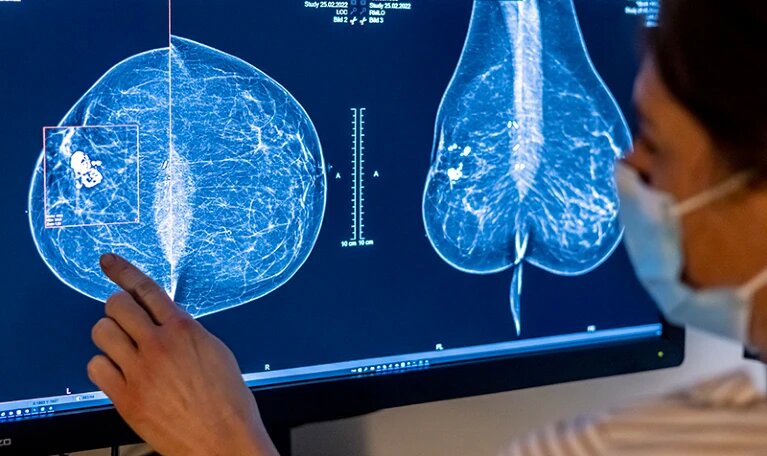On June 13, a study published in the British Medical Journal showed that the death risk of women diagnosed with breast cancer since 2010 was far lower than that of women diagnosed in the 1990s. The risk of death within 5 years for women diagnosed from 1993 to 1999 is 14.4%. The proportion of women diagnosed between 2010 and 2015 has dropped to 4.9%.

The research has taken ten years to complete, says Carolyn Taylor, lead author of the study and an oncologist at the University of Oxford, UK. The analysis includes the 512,447 women in England who were diagnosed with early invasive breast cancer between January 1993 and December 2015; the researchers tracked the women until December 2020 using data from the National Cancer Registration and Analysis Service.
“We knew that mortality had reduced during the past 20 years, but we didn’t know by how much,” says Taylor. “That’s a two-thirds reduction.”

Patient involvement was important to the study, Taylor says. The scientists appointed two patient representatives to guide their research. “They helped us in the questions to be addressed. They looked at the analyses and gave comments and suggestions throughout the study. And they helped us to interpret the results in the way that patients can understand.”
Breast cancer mortality in 500 000 women with early invasive breast cancer in England, 1993-2015: population based observational cohort study
Journal:the BMJ
Corresponding Author: Carolyn Taylor
Abstract:
Objectives To describe long term breast cancer mortality among women with a diagnosis of breast cancer in the past and estimate absolute breast cancer mortality risks for groups of patients with a recent diagnosis.
Design Population based observational cohort study.
Setting Routinely collected data from the National Cancer Registration and Analysis Service.
Participants All 512 447 women registered with early invasive breast cancer (involving only breast and possibly axillary nodes) in England during January 1993 to December 2015, with follow-up to December 2020.
Main outcome measures Annual breast cancer mortality rates and cumulative risks by time since diagnosis, calendar period of diagnosis, and nine characteristics of patients and tumours.
Results For women with a diagnosis made within each of the calendar periods 1993-99, 2000-04, 2005-09, and 2010-15, the crude annual breast cancer mortality rate was highest during the five years after diagnosis and then declined. For any given time since diagnosis, crude annual breast cancer mortality rates and risks decreased with increasing calendar period. Crude five year breast cancer mortality risk was 14.4% (95% confidence interval 14.2% to 14.6%) for women with a diagnosis made during 1993-99 and 4.9% (4.8% to 5.0%) for women with a diagnosis made during 2010-15. Adjusted annual breast cancer mortality rates also decreased with increasing calendar period in nearly every patient group, by a factor of about three in oestrogen receptor positive disease and about two in oestrogen receptor negative disease. Considering just the women with a diagnosis made during 2010-15, cumulative five year breast cancer mortality risk varied substantially between women with different characteristics: it was <3% for 62.8% (96 085/153 006) of women but ≥20% for 4.6% (6962/153 006) of women.
Conclusions These five year breast cancer mortality risks for patients with a recent diagnosis may be used to estimate breast cancer mortality risks for patients today. The prognosis for women with early invasive breast cancer has improved substantially since the 1990s. Most can expect to become long term cancer survivors, although for a few the risk remains appreciable.





